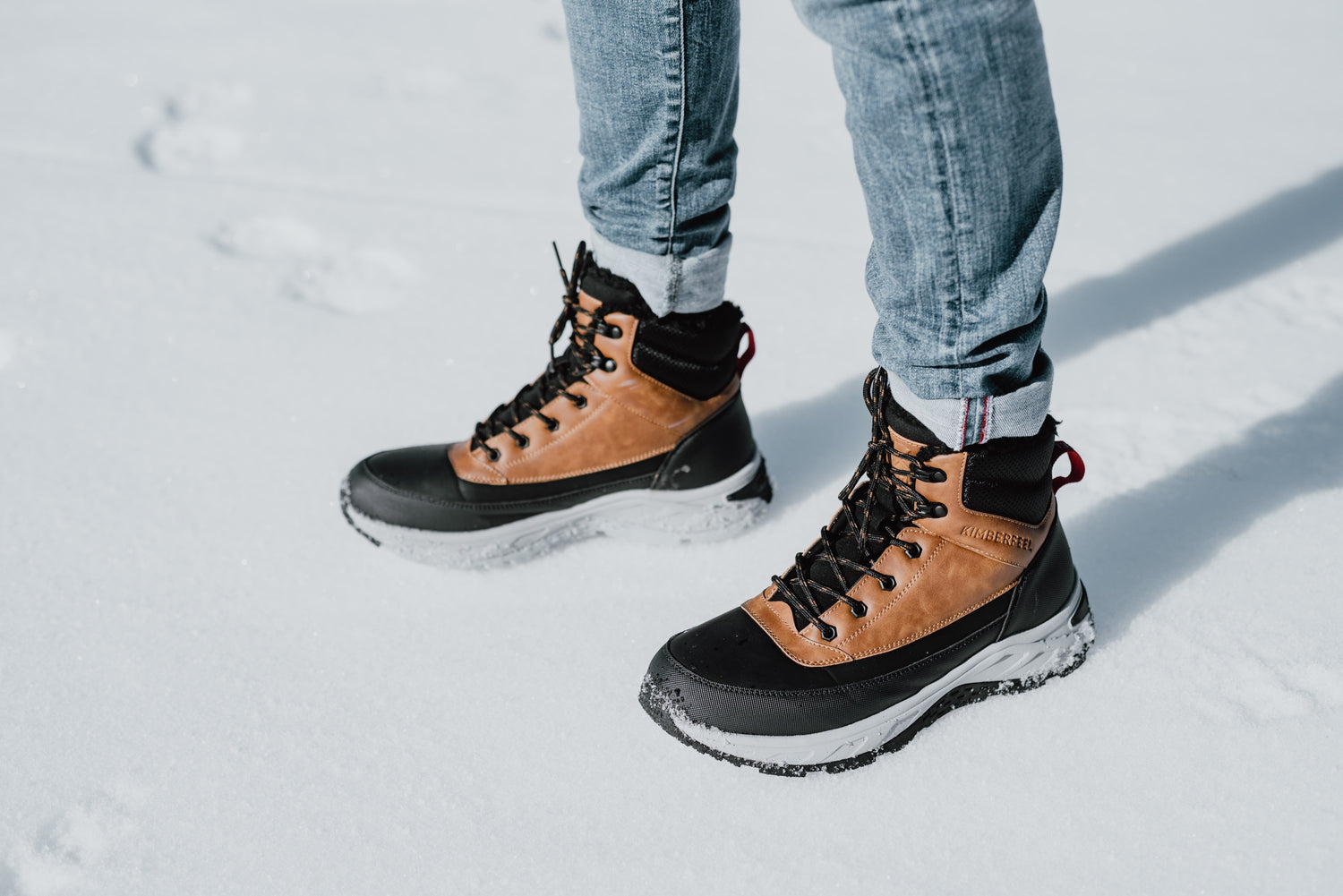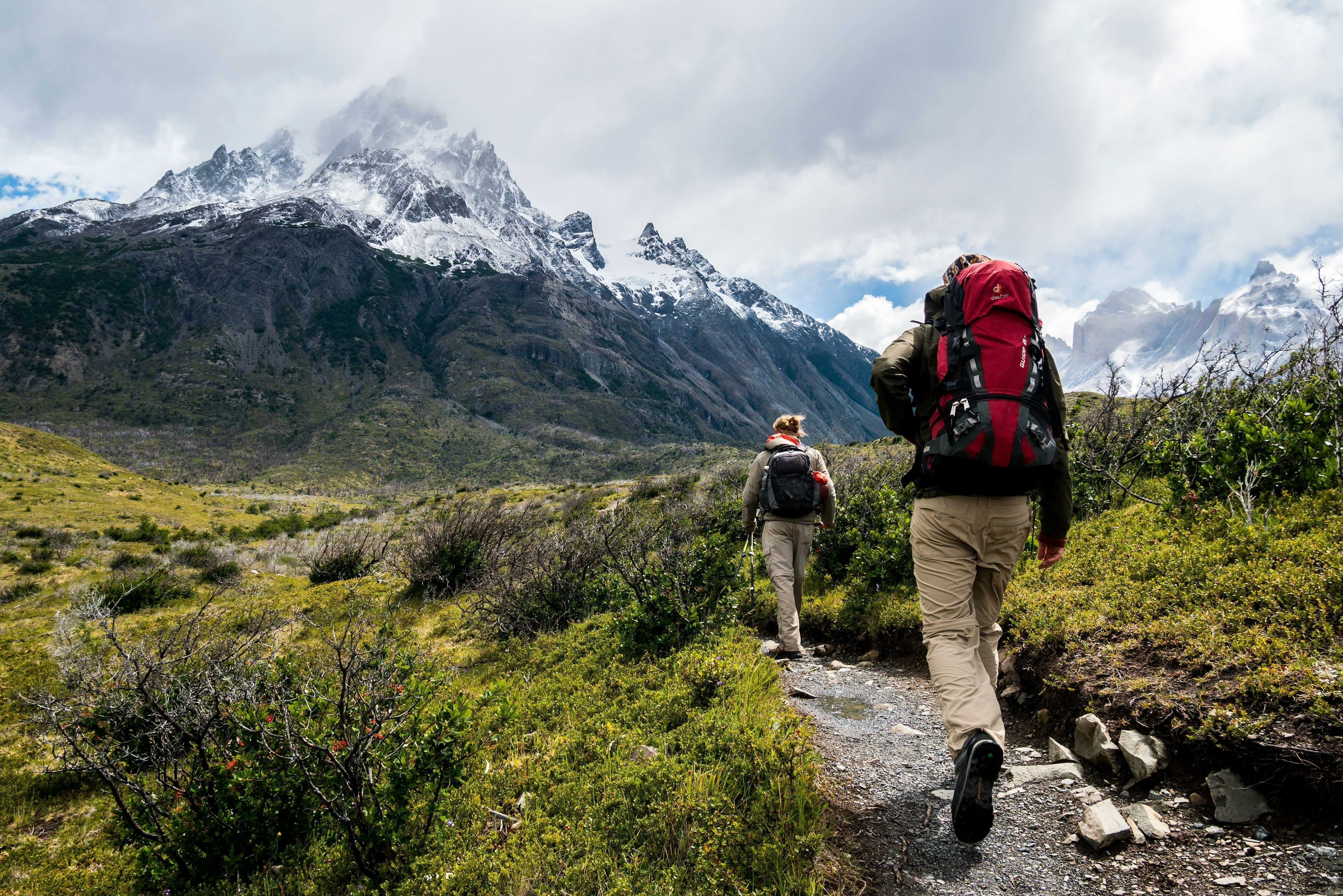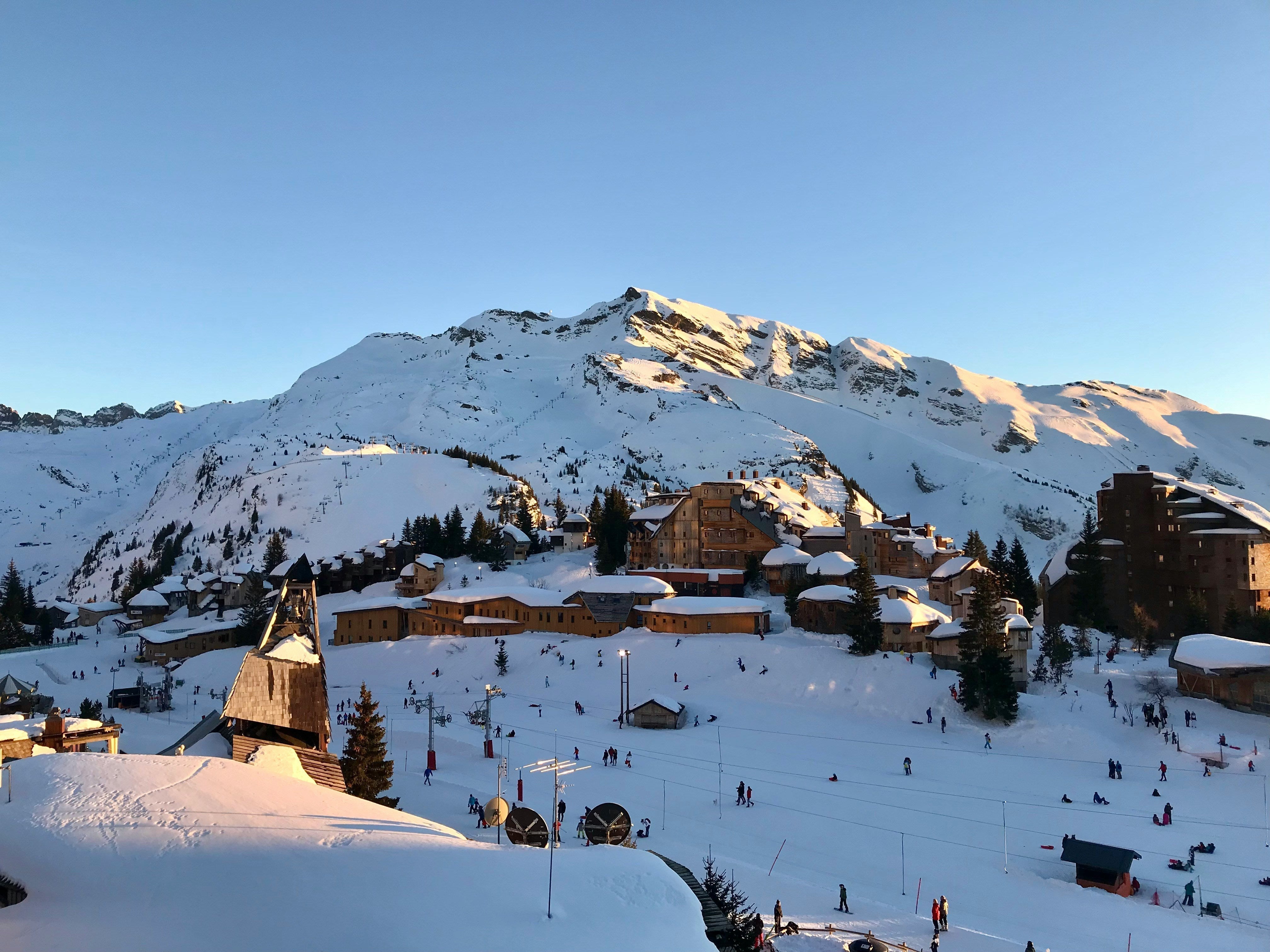Pouring rain, muddy trails, dewy grass... Depending on the conditions, not all shoes react the same way. Waterproof or water-repellent isn't just a matter of language: it's a technical difference that directly impacts your comfort.
A waterproof model completely blocks water, ideal for braving rain or snow. A water-repellent shoe, on the other hand, repels moisture... up to a point. Sufficient for a stroll in a light drizzle, but not for crossing a stream.
What are the advantages and limitations of each technology? In what situations should one be preferred over the other?
An overview of the key points to know before choosing your next pair.
Waterproof and water-repellent: two protections not to be confused
When it comes to moisture protection, waterproof and water-repellent are not the same thing. Two terms often confused, but with very distinct levels of protection.
A waterproof shoe completely blocks water.
It's designed to keep your feet dry, even in heavy rain or snow. This is achieved through technical membranes that prevent water from penetrating while allowing perspiration to escape.
A water-repellent shoe, on the other hand, makes water slide off the surface without absorbing it, but only up to a certain point.
In light rain or while walking in wet grass, it's fine. But if you walk in a prolonged downpour or walk through a puddle, the water will eventually seep in.
Waterproof and water-repellent: how does it work?
The difference between waterproof and water-repellent comes from the materials, the treatments applied to the shoe and the way it is assembled.
Waterproofing: a barrier against water
A waterproof shoe incorporates a technical membrane that prevents water from penetrating while allowing perspiration to escape.
This system relies on micro-perforations: too small to let water through in liquid form, but large enough to evacuate the water vapor generated by your feet.
But be careful: for a shoe to be truly waterproof, it is not enough to have a membrane.
Other elements come into play:
➜ Sealed seams: a classic seam creates micro-holes in the fabric, so if it is not protected, water will eventually seep in.
➜ Overall design: A poorly secured tongue or a poorly fitted collar can also let water in.
Water repellency: a temporary effect
A water-repellent shoe doesn't have an internal membrane, but a treatment applied to the surface of the fabric. Water beads up and slides off without being absorbed... at least initially.
Because this protection is temporary:
➜ Abrasion and friction (against the ground, rocks, wet grass) reduce its effectiveness.
➜ Washing and wear: each time you wash your machine or simply use it in the rain, the water-repellent effect will be reduced.
It is possible to reactivate the water repellency by applying a suitable spray, but it will never replace a waterproof membrane in the long term.
In summary: a waterproof shoe is designed to withstand the worst conditions, while a water-repellent shoe offers surface protection, effective but limited in time and intensity.
What type of shoes for what conditions?
Choosing between waterproof and water-repellent shoes depends on your usage. Here's how to make the right choice based on your playing area and weather conditions.
Choose a waterproof shoe if
✔ You are hiking in the rain or snow: a waterproof membrane prevents water from penetrating, even after several hours of exposure.
✔ You cross puddles, streams or soggy ground: Water will not seep in, your feet will stay dry.
✔ You are going on treks lasting several days: staying dry also means avoiding blisters and maintaining optimal comfort.
What you need to know: Waterproof shoes may be less breathable. If you're walking in bright sunlight or hot weather, your feet may sweat more.
Choose a water-repellent shoe if
✔ You are walking on dry or slightly damp trails: The water slides over the surface, enough to tackle wet grass or a light drizzle.
✔ You are looking for a more breathable shoe: without a waterproof membrane, air circulates better and limits the accumulation of internal humidity.
✔ You want a lighter model: Often, water-repellent shoes are more flexible and comfortable to wear on a daily basis.
What you need to know: In heavy rain or after prolonged exposure to humidity, water will eventually penetrate. If you're going on an outing where you're likely to be exposed for a long time, it's best to switch to a raincoat.
Kimbertex: the technology that keeps your feet dry
At Kimberfeel, moisture protection is more than just a surface treatment.
The Kimbertex waterproof membrane is integrated directly into the shoe to block water while allowing your feet to breathe. This technology is designed to withstand rain, snow, and wet terrain without compromising comfort.
How does it work?
The Kimbertex membrane is composed of a microporous structure: thin enough to prevent water from penetrating, but breathable enough to wick away perspiration.
Your feet stay dry and comfortable, even after several hours of effort or in unpredictable weather conditions.
Proven know-how for 60 years
Every Kimberfeel shoe is designed to last, with elements designed to accompany you on all terrains:
✔ Robust materials that withstand wear and extreme conditions.
✔ Reinforced seams and finishes to prevent any infiltration, even after hours of walking.
✔ A balance between waterproofness and breathability , so that protection against humidity does not come at the expense of comfort.
The Kimbertex membrane guarantees reliable, long-lasting protection, tested in the field. If you're looking for shoes that can withstand wet conditions without sacrificing breathability, you've come to the right place.
Discover our models for men , women and children , and find the pair that will accompany you in all weathers.
Choose your way.








